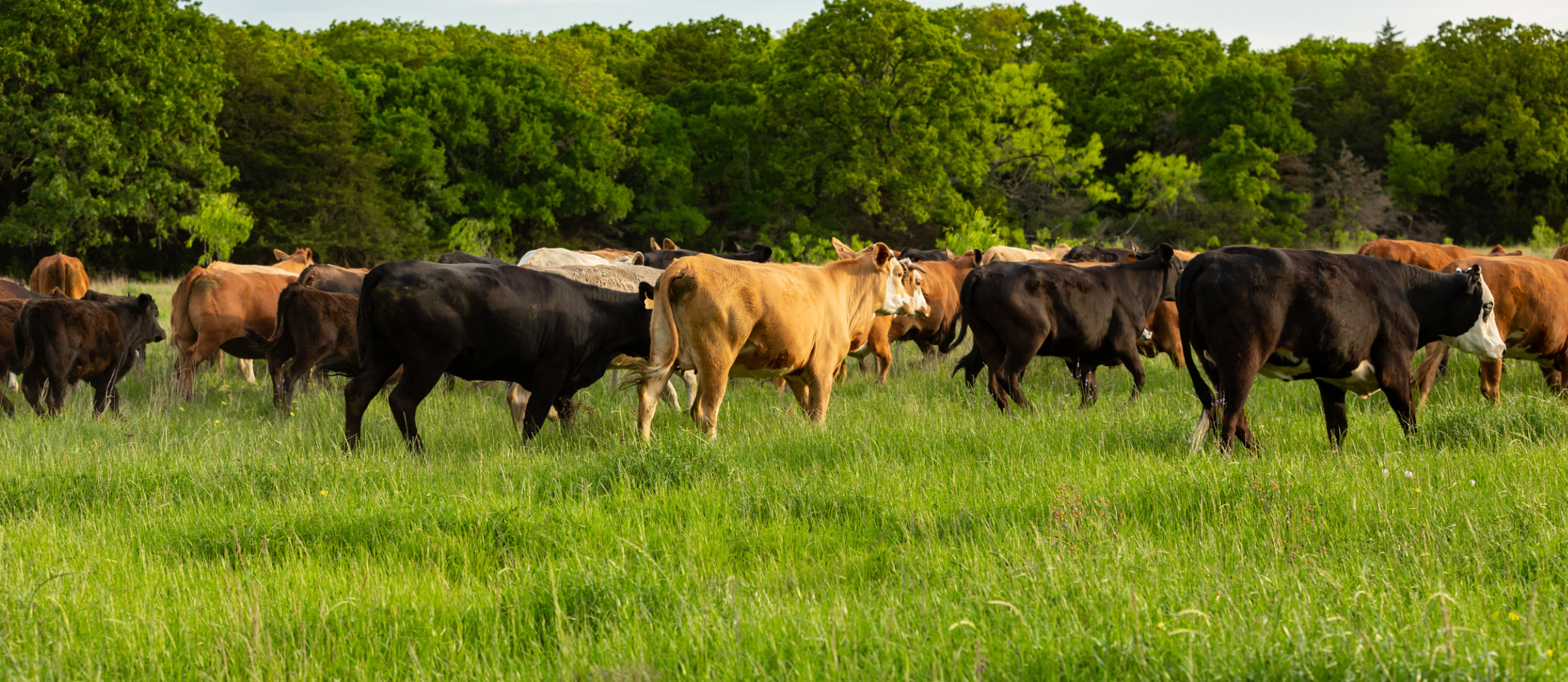Producer’s Guide to Pasture-Based Beef Finishing
Producer’s Guide to Pasture-Based Beef Finishing
Published on Nov. 1, 2015

Beef cattle were routinely finished locally in Kentucky and other parts of the upper south before the 1950s, primarily on pasture with some grain or by-products from distilleries and grain processing mills. Cattle were typically born, raised, and finished on the same farm then sent to a local butcher where the meat was sold in nearby communities and cities. After the Second World War grain and transportation costs decreased dramatically and supermarket chains that required a large, steady supply channel were established. The combined effect of these changes made finishing in large centralized locations more economical. Over the next couple of decades the finishing industry consolidated, and feedlots sprang up across the Great Plains to finish the bulk of the nation’s cattle.
However, now the cattle feedlot finishing paradigm dominant for the past 50 years is being challenged. Corn prices have doubled since 2005, transportation costs Producer’s Guide to Pasture-Based Beef Finishing have increased significantly, and new environmental regulations are increasing the compliance costs of centralized feedlots. Moreover, there is a growing consumer movement focused on purchasing healthier foods and another focused on purchasing locally produced foods.
All of these changes are creating opportunities for farmers in the upper south to raise and finish cattle on forages and sell into local markets, much like they would have two generations ago. They may use either a pure pasture-based production system or a grain-on-grass production system where the bulk of the animal’s diet comes from pasture and is supplemented with grain or by-products. Both of these approaches are quite different from the standard industry practice of finishing cattle on a diet of almost exclusively grain in large confinement operations.
Although demand has increased and the relative cost structure has decreased for locally finished beef, significant producer challenges remain. Few cattlemen have experience finishing beef cattle. Bringing animals to a finishing weight in a reasonable timeframe is no easy task, requiring a fundamental understanding of how beef cattle mature as well as understanding the capabilities and limitations of various forages. Processing can also be a challenge where issues such as federal inspection, aging, and scheduling harvests are potential problems. Marketing may be the biggest obstacle to selling pasture-finished animals. Most livestock farmers currently sell into commodity markets, which require minimal interaction with buyers. Selling grass-finished or grain-on-grass finished beef, however, generally requires considerable interaction with potential customers. All these obstacles present challenges for producers entering the market for pasture-finished beef production. The primary objective of this publication is to help producers identify and overcome these as well as other challenges.
Author(s) Contact Information:
Greg Halich | greg.halich@uky.edu
Jeff Lehmkuler | jeff.lehmkuhler@uky.edu
Fred Martz | martzf@missouri.edu
Livestock
